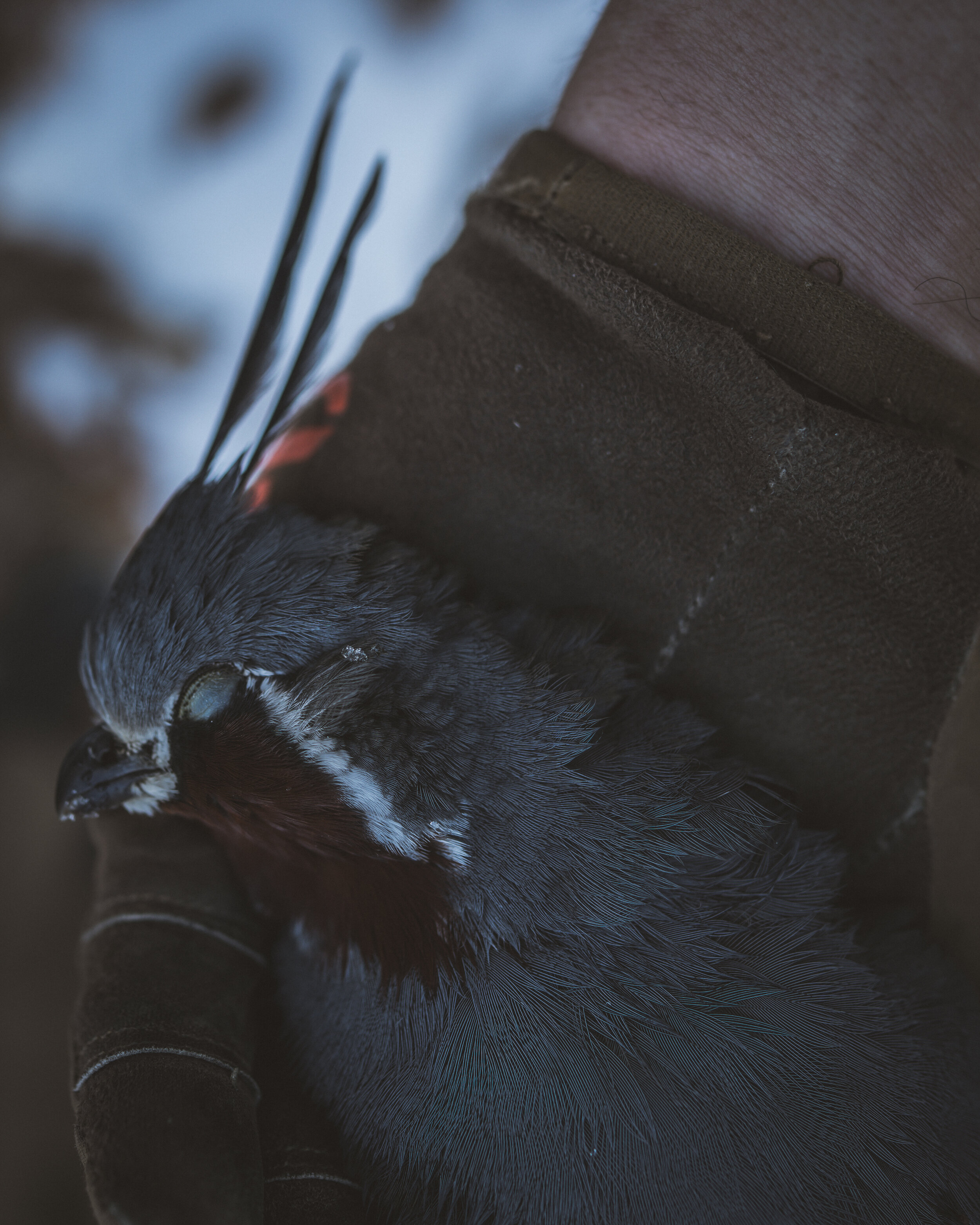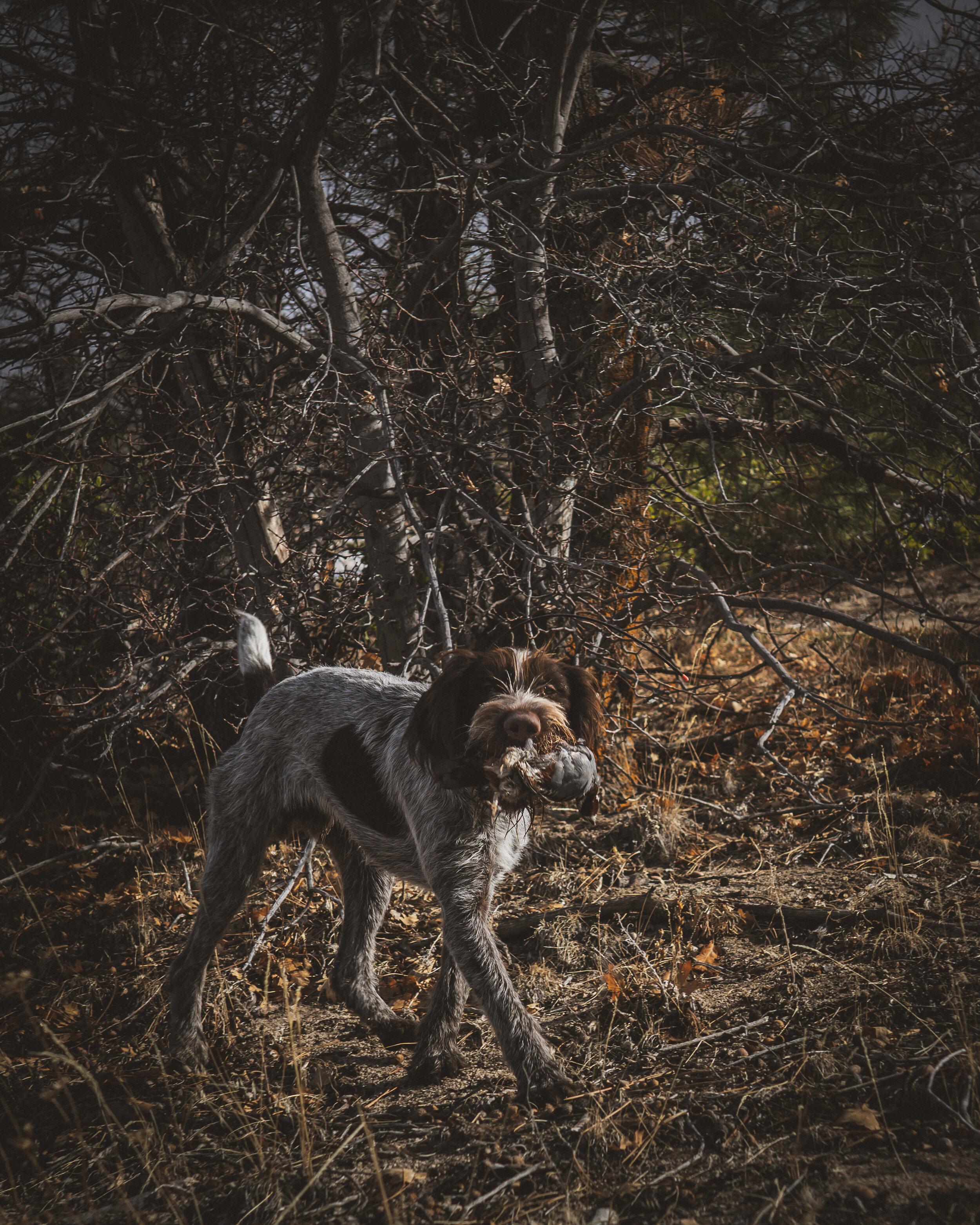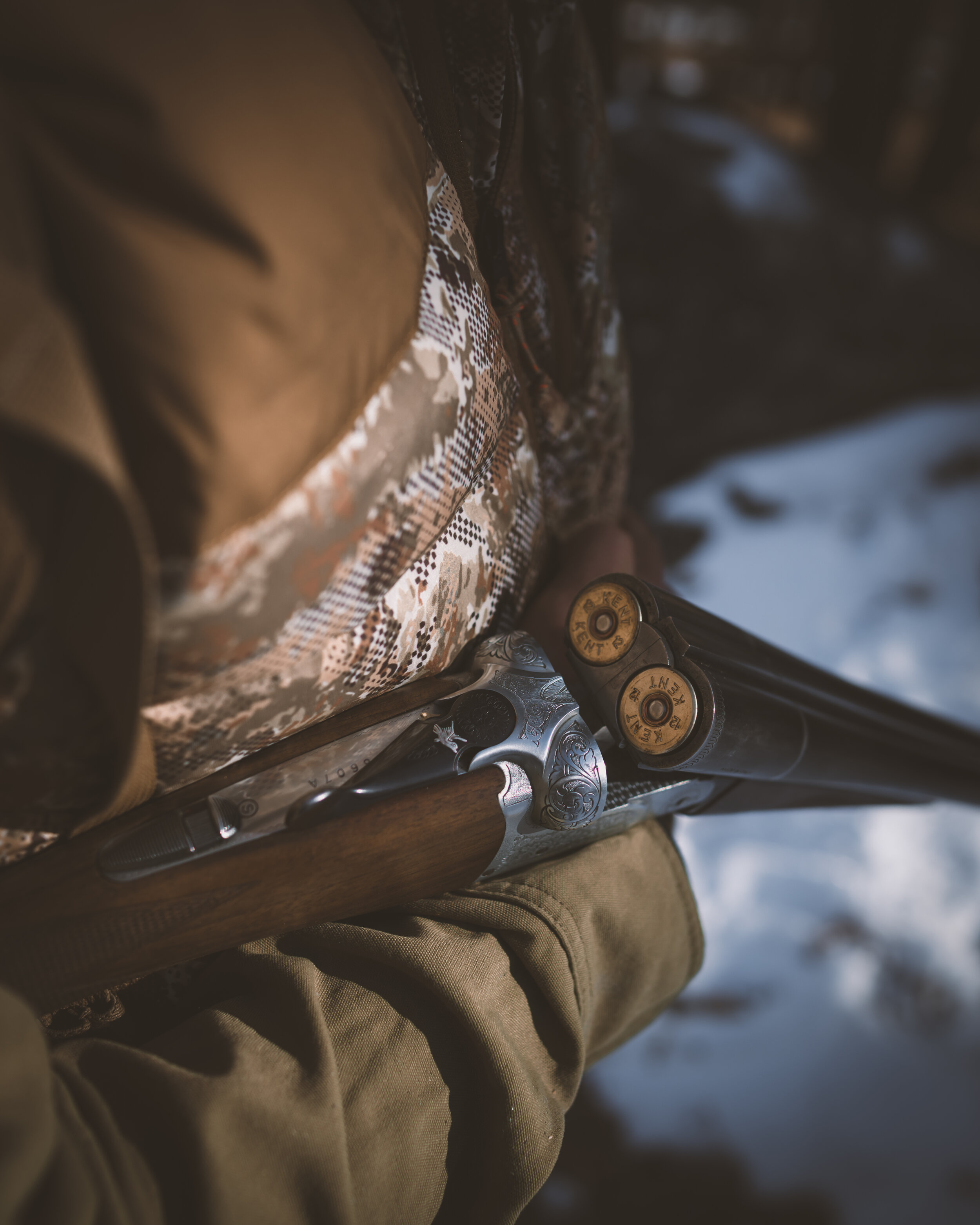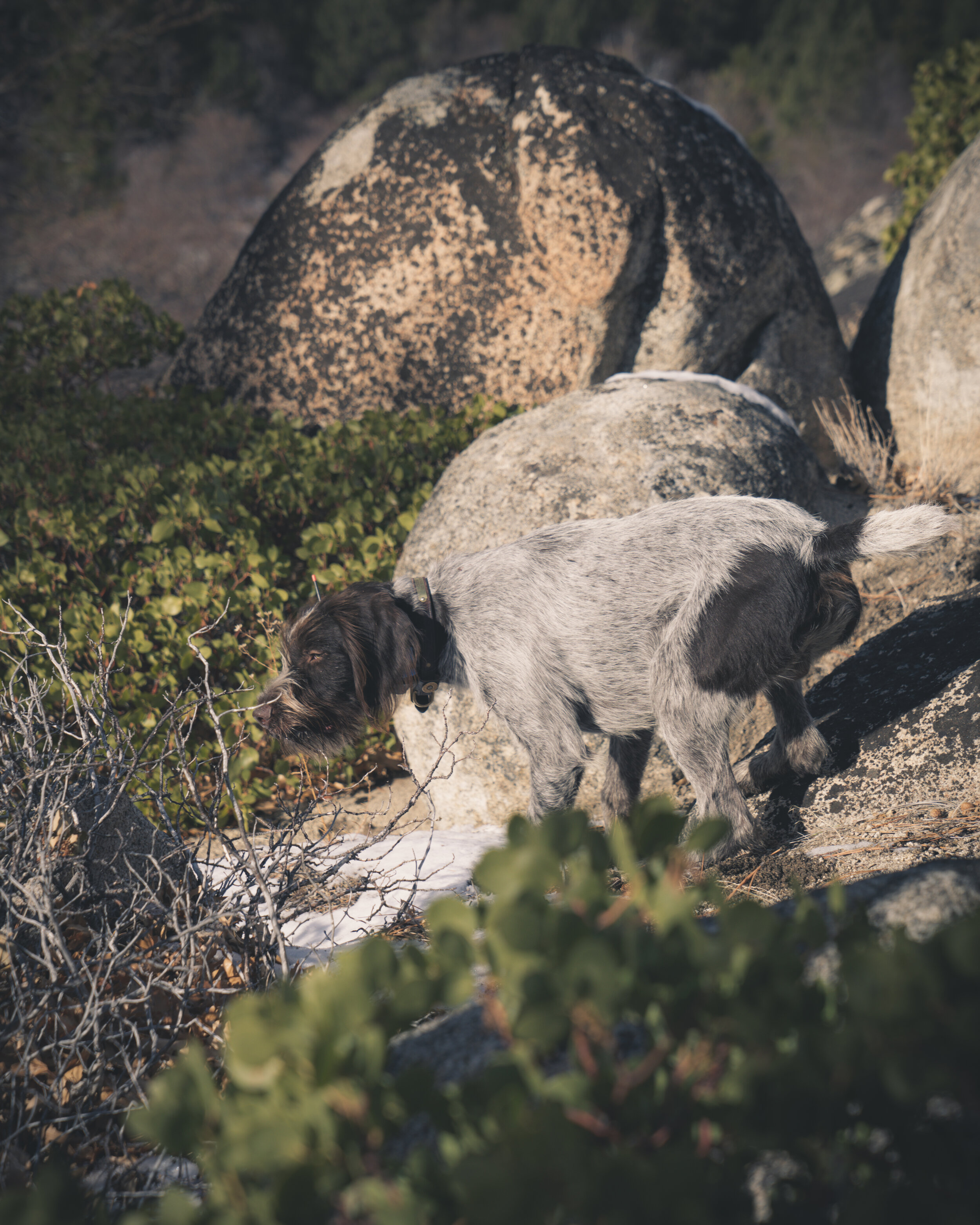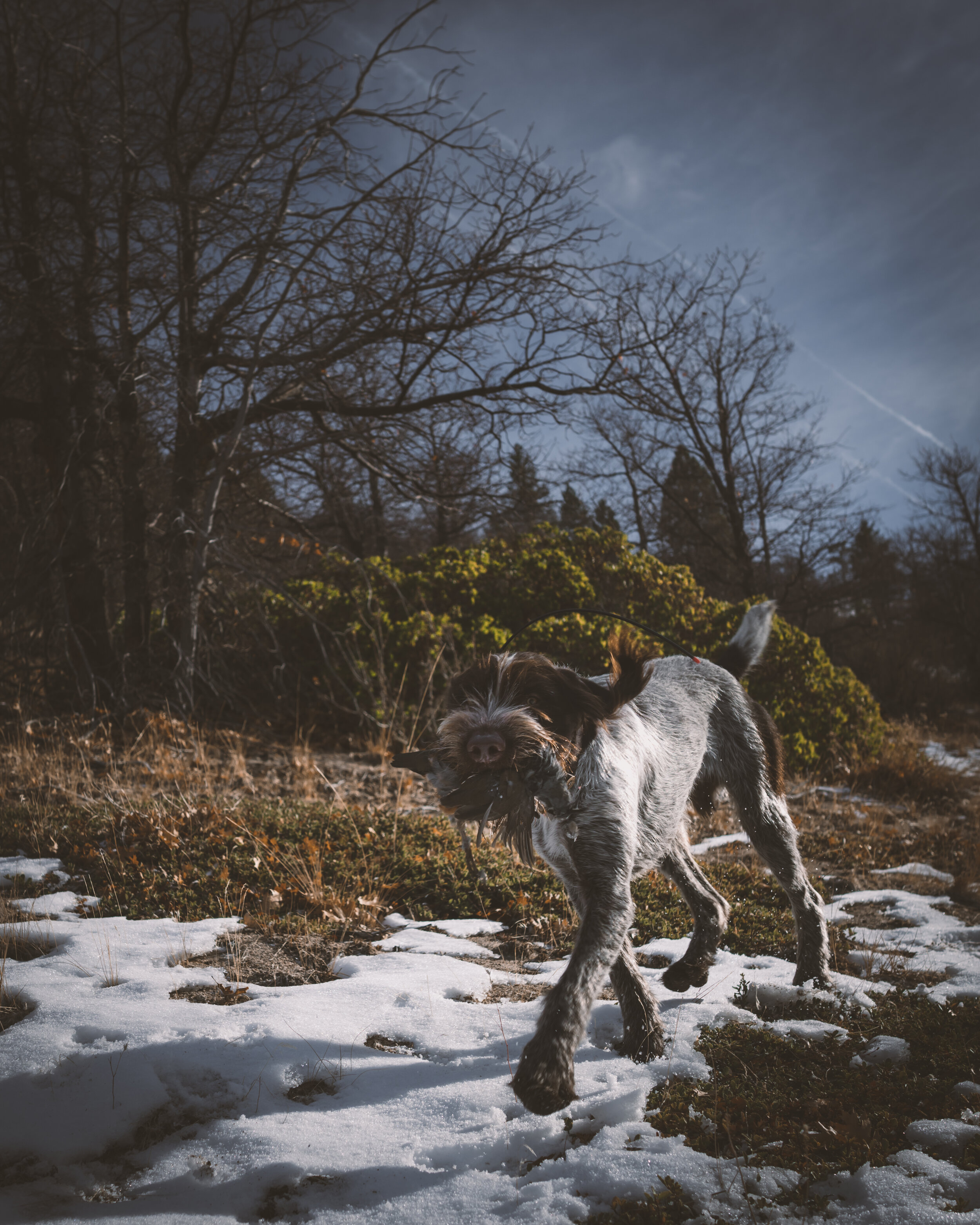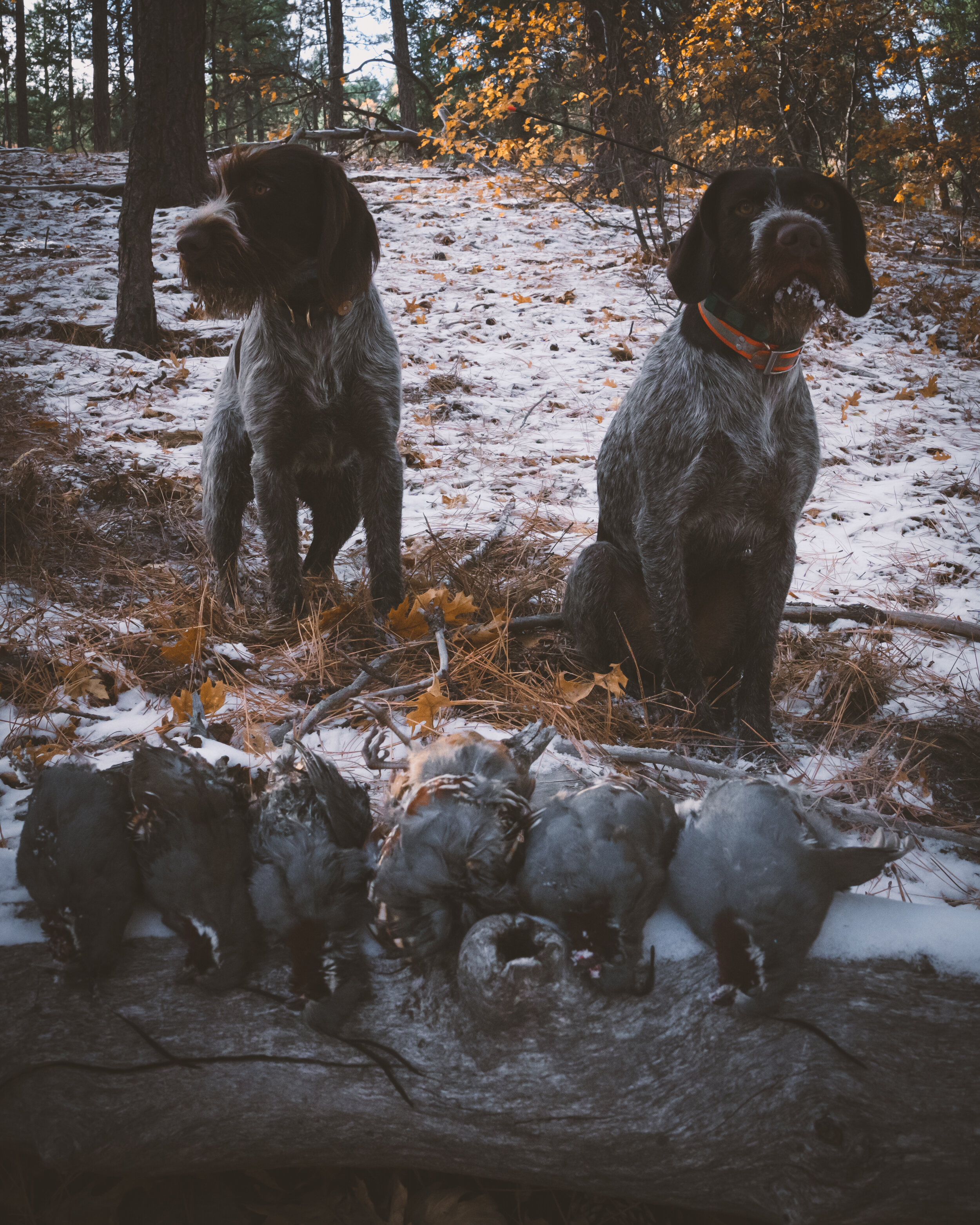Road Trip: California’s Quail
THE MOUNTAIN
Midwesterners will always say ruffed grouse are the hardest bird to bag. The dense forest of the grouse woods makes trees the more likely recipient of your shot charge, and it’s true: Ruffed grouse will challenge even the best wingshooters.
Meanwhile, hunters “out west” will say the chukar is the most difficult quarry. The steep, rocky, and unforgiving terrain means that not only an exceptional level of fitness is required, but also every shot you take will be while gasping for breath and possibly perched on the edge of a cliff.
But what if I told you that you could hunt a smaller, faster chukar in the grouse woods, on chukar-like terrain? If this sounds like your idea of a great day out, read on!
The mountain quail is the largest of the quail species in North America and is found in huntable populations in both Oregon and California. It also happens to be one of those species that attracts those who are in need of adventure.
Mountain quail inhabit the foothills of both the Sierra Nevada and the Cascade range, offering unparalleled opportunity for not only the hunt of a lifetime, but also the road trip of a lifetime.
Birds can be found on both sides of the Sierras and one could easily plan a hunt that includes a family trip to the mighty Yosemite National Park. Although no hunting is allowed within the boundaries of the park, the outskirts offer hunters the opportunity to chase these little rockets and then take in the sights of Half Dome and El Capitan.
In Oregon, their habitat is nearby to Crater Lake National Park - another opportunity for a family road trip and a bucket list hunt. However, take caution in bringing spouses and children with a sick sense of humor as they will be the ones laughing when you return from your hunt sore, bruised, covered in thorns and with an empty bird bag. While sometimes the populations of these birds can be impressive, your chance of bagging one remains slim. Mountain quail are tough birds that inhabit tough terrain.
And speaking of terrain, while many upland species have predictable habitats, mountain quail make you work a little harder to locate them. I’ve hunted them in sage brush, manzanita, juniper, oak and pine forests, which doesn’t exactly help narrow things down when trying to identify possible habitat. The only thing that’s predictable is their proximity to water, especially on the eastern side of the Sierras where water is the most valuable resource for wildlife.
The mountain quail doesn’t play by your rules; they resort to sneaky tactics that will have your prized bird dog chasing its tail. Even when you think you’ve got a bird pinned in some cover, they will vanish without a trace, leaving you scratching your head.
I know I’m not exactly painting the picture of the ideal upland hunt, but truly nothing is quite as rewarding as holding a mountain quail in the palm of your hand. They are a bird that will make you work your socks off, busting through dense forest, shooting holes in the sky and unleashing a barrage of four-letter words.
You’ll have to dig deep to connect with one by resorting to your own sneaky tactics and even reevaluating your dog work. They say the best things in life don’t come easy and this translates well to a mountain quail hunt.
The pursuit of this bird will bring you to some of the most beautiful parts of the country, during the best time of year, bringing with it the opportunity for a family road trip and your chance at bagging one of the most elusive birds in North America.
Some may call me crazy, but what’s not to love about this kind of adventure?
THE VALLEY
The valley or California quail is another western quail with plenty of opportunities for the traveling wingshooter. While their terrain is slightly easier to access, their sportiness still requires you to be in top form to bag one. They are smaller than the mountain quail but sometimes their covey sizes can be staggering, especially in many neighborhoods out west where they face very little predation.
The valley quail is more widespread than its mountain-dwelling cousin, with its range extending much farther east and its habitat ranging across a large variety of landscapes.
They won’t, however, be in the mountains, and Midwesterners can rejoice if flatter terrain is their preference. In looking for habitat, always target riparian zones first. Valley quail are often found in these areas looking for food, with escape cover such as willows and blackberry bushes nearby.
In California, chaparral areas cover most of the landscape and looking for water in these areas will mostly likely lead you to a covey and the chance of success. Once they retreat into cover, their alarm call will often give away their location and the rest is up to you.
These birds aren’t big runners and can offer some excellent dog work, especially once broken up into singles and doubles. Sometimes these birds find cover so thick that even a time-tested technique such as the ‘rock flush’ won’t make them budge.
If you do manage to make them flush from cover, they fly fast and low, offering tremendously fun shooting opportunities. However, a steady dog and experienced shooters are required to make sure that these types of shots remain safe, as the potential is there for sketchy moments if care is not taken.
While more common than and not as prized as the mountain quail, make no mistake: valley quail are a formidable and extremely worthy quarry in the western landscape. With great dog work, exciting shooting opportunities and an extended range, a hunt for California quail is an easy addition to any western road trip.
This story originally appeared in the Winter 2020 issue of Quail Forever Journal.




